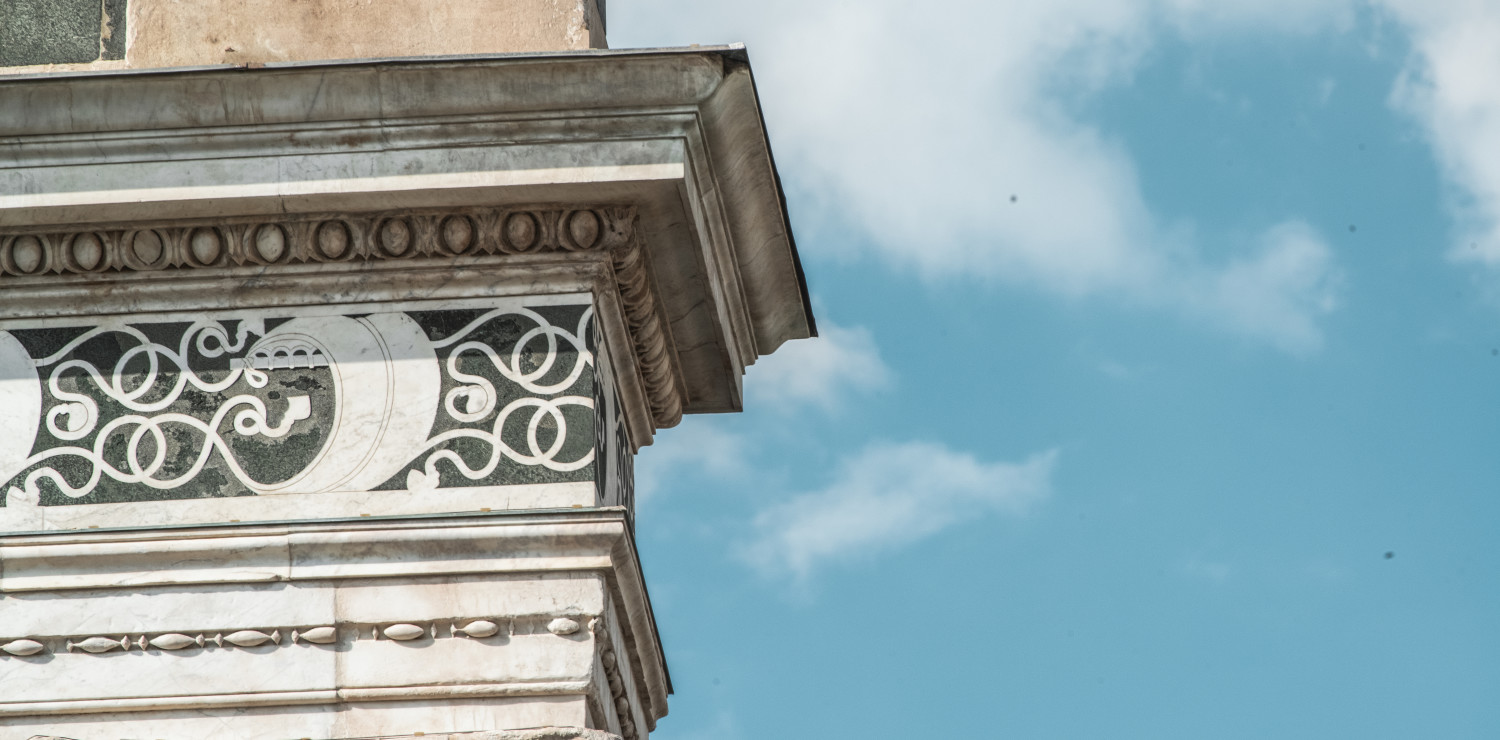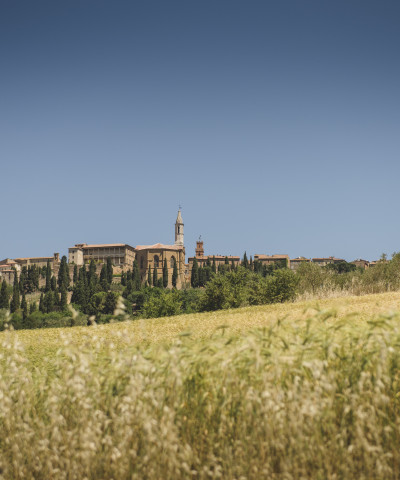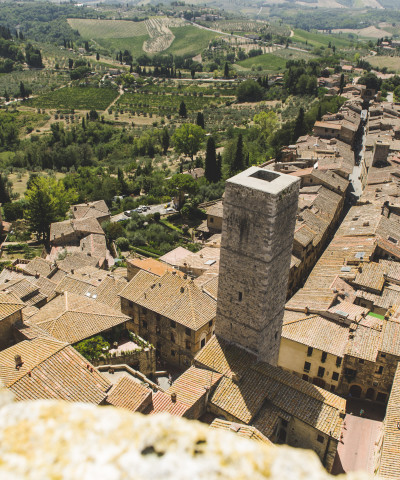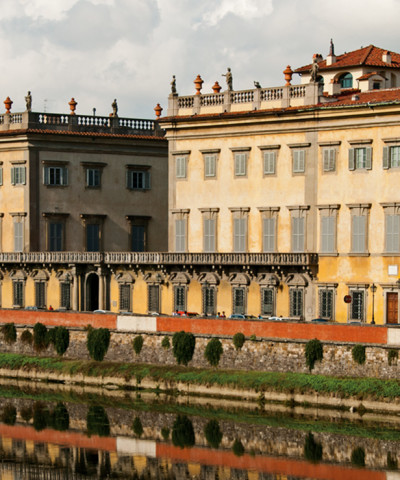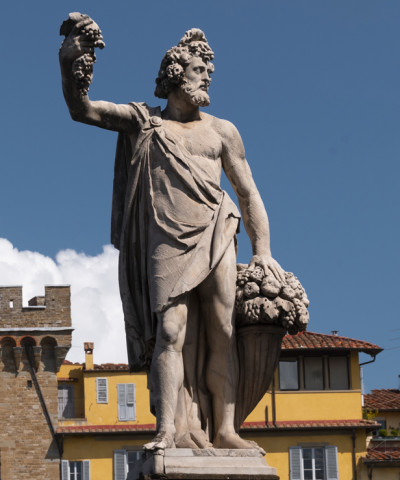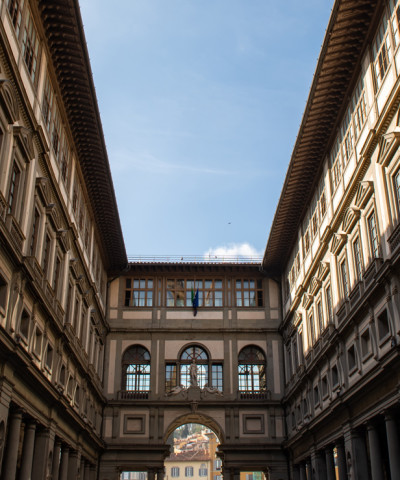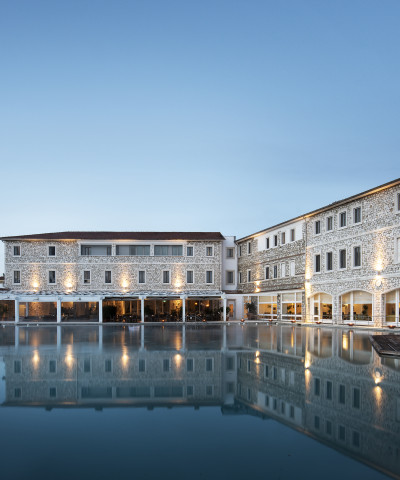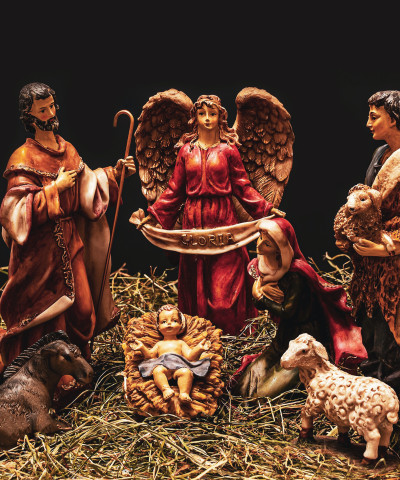Basilica di Santa Maria Novella: history and curiosities of one of the most important churches in Florence
Let's discover together all the secrets of the Florentine Basilica
It was the first of the great Florentine basilicas to see the light of day, and is the only one in the city that can boast an authentically Renaissance façade. Santa Maria Novella was also chosen as the site for the first council that sought to reunite the Orthodox and Catholic churches in 1439, and it became the favourite site of the popes. But it was also used as a workshop by Leonardo for the cartoons of his Battle of Anghiari and underwent numerous renovations, the last one during the embellishments for Firenze Capitale.
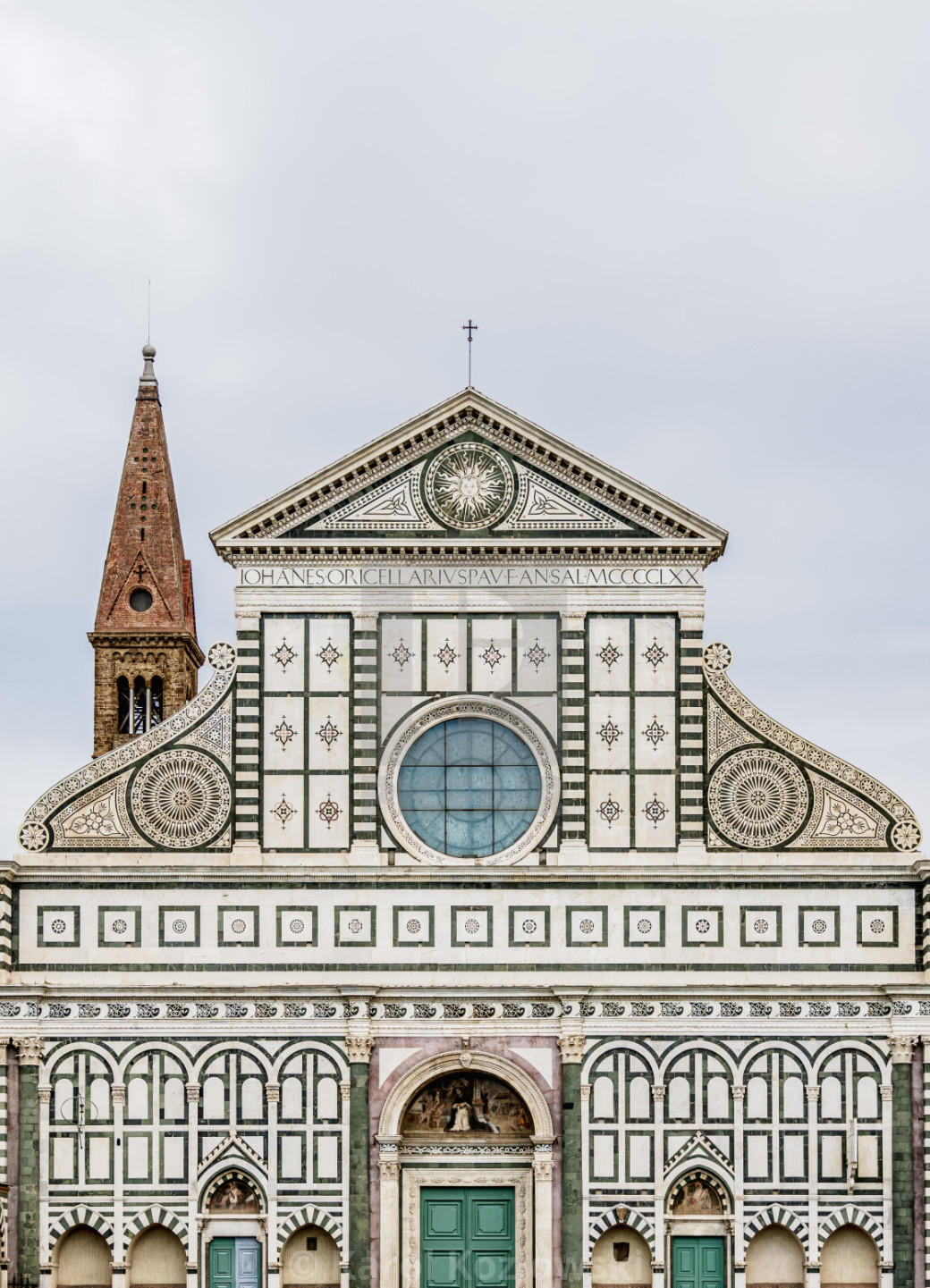 usata come laboratorio da Leonardo per i cartoni della sua sua Battaglia di Anghiari e subì numerose ristrutturazioni, l'ultima durante gli abbellimenti per Firenze Capitale
usata come laboratorio da Leonardo per i cartoni della sua sua Battaglia di Anghiari e subì numerose ristrutturazioni, l'ultima durante gli abbellimenti per Firenze CapitaleFrom humble church to sumptuous basilica
Santa Maria Novella rose from the ashes of Santa Maria tra le Vigne, an oratory outside the city where the Dominicans settled in the early decades of the 13th century. It is said to have been St Dominic himself who chose it, to the west. Exactly on the opposite side where the followers of St Francis had settled. Rivalry aside, the arrival of the mendicant orders (so called because the friars renounced all earthly goods) accompanied the construction of modern, bourgeois and mercantile society. Above all urban.
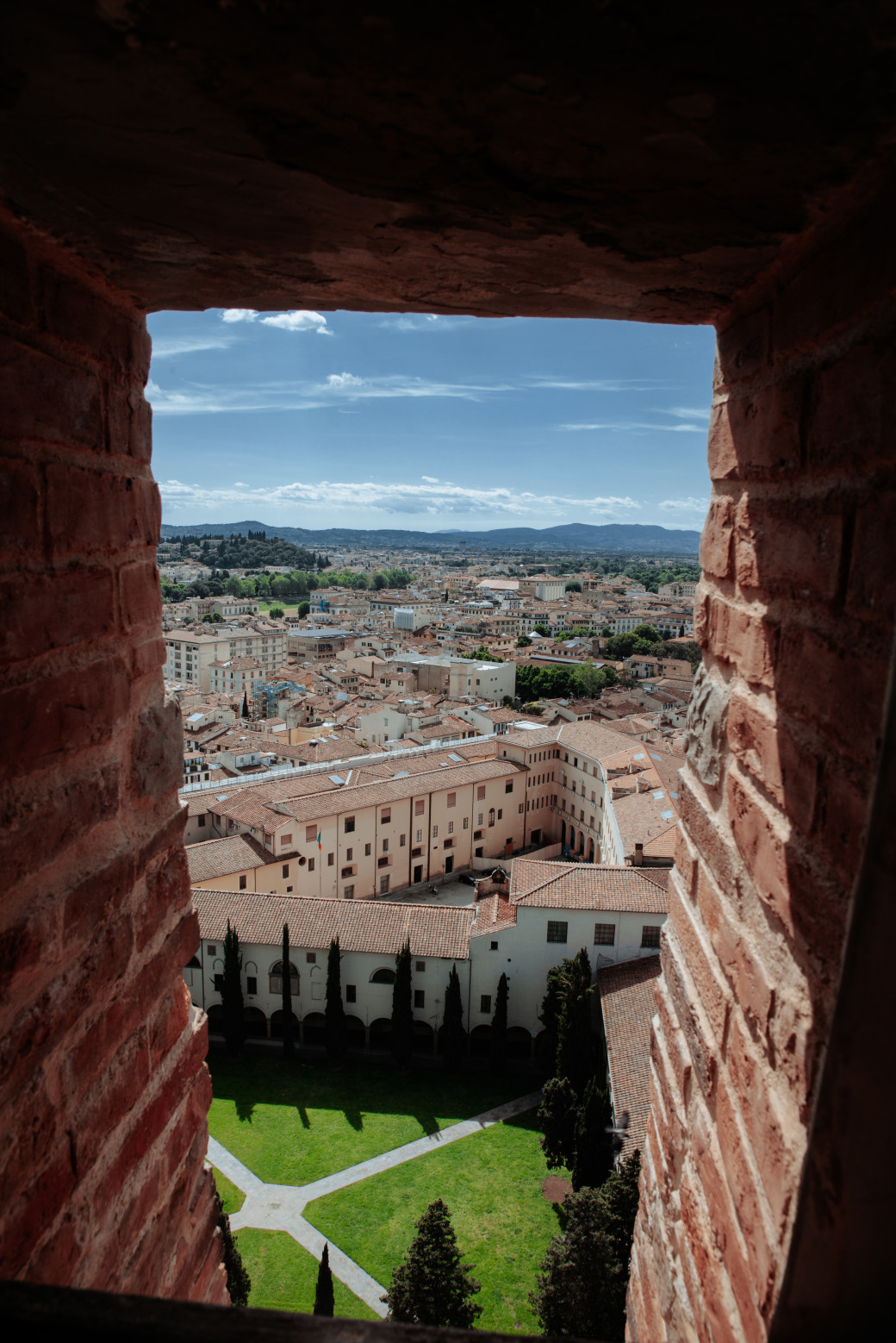 Santa Maria Novella nasce dalle ceneri di Santa Maria tra le Vigne, un oratorio fuori città dove nei primi decenni del '200 s'insediarono i domenicani. ph. ottavia poli
Santa Maria Novella nasce dalle ceneri di Santa Maria tra le Vigne, un oratorio fuori città dove nei primi decenni del '200 s'insediarono i domenicani. ph. ottavia poli And soon the little church became a kind of citadel within the city. Immense. Today there is only a faint idea of it. But suffice it to say that the area extended as far as the station. Over the centuries, after indulgences were granted to those who supported the convents, people competed to secure a tomb in the friars' burial grounds. Patronising a chapel soon became a sign of great prestige. And the church was transformed into a treasure trove of art.
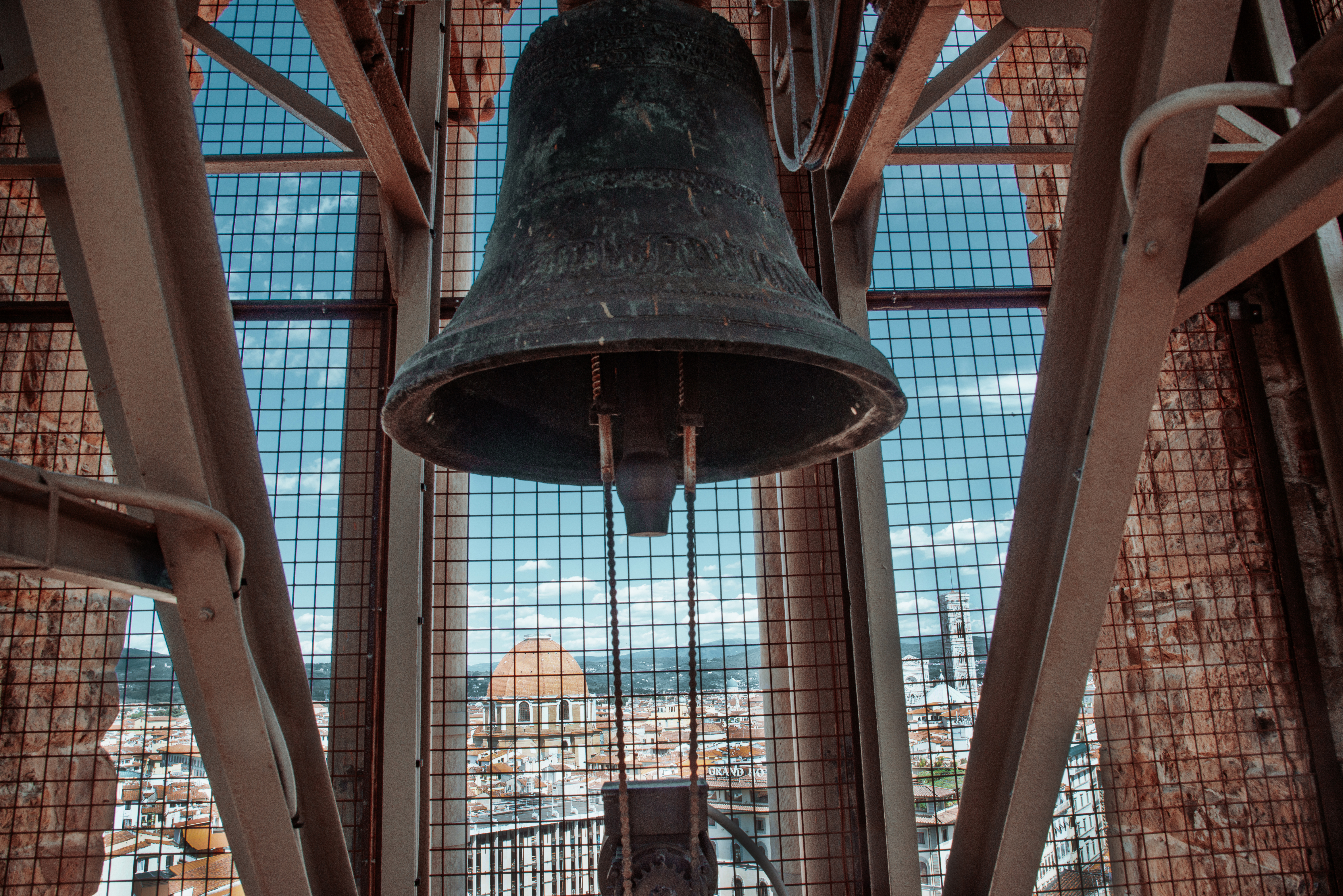 vista dal campanile. ph. ottavia poli
vista dal campanile. ph. ottavia poli The Mendicant Revolution
They were great revolutionaries, who used propaganda to defeat heretics and gain new followers by inventing Sacred Theatre and frescoing churches with stories of Christ and the saints. But to stage the Passion or the Nativity, to be interpreted in the words of the poor, large spaces were needed. Thus the hitherto unthinkable squares were born, where acting and preaching were performed.
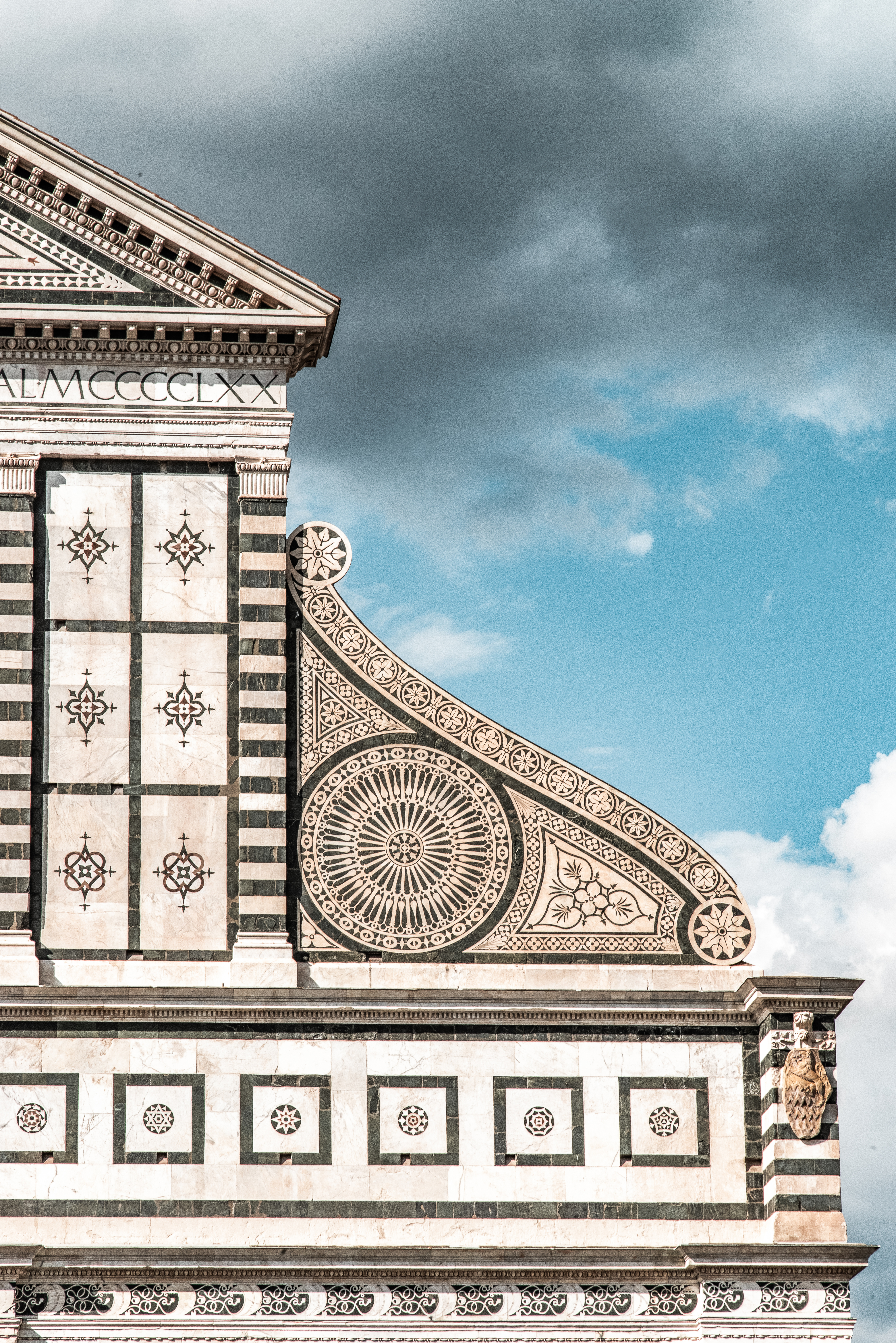 Una basilica dalle mille sfaccettature e una facciata capolavoro. ph. ottavia poli
Una basilica dalle mille sfaccettature e una facciata capolavoro. ph. ottavia poli A multi-facetted basilica and a masterpiece façade
The church was first built with an East-West orientation, as tradition dictated. And then, since the sermons of Pietro da Verona, a former Cathar, were so well attended and crowded that the municipality gave the friars the area towards the Arno. Thus, in the years 1276-77, construction of the city's first great Gothic church with its cross vaults, mighty pillars, stained glass windows and frescoes was begun. It was now oriented almost perfectly north-south. This is why an armillary sphere, a sundial and two holes ordered by Ignazio Danti, a Dominican friar commissioned by Cosimo I to make the new calendar, stand out on the façade, which was later realised by Leon Battista Alberti for the Rucellai in 1470. A system of sundials, inside, only recently completed, but which allow the winter solstice and spring equinox to be calculated (sun permitting of course). Alberti, being the great architect and town planner that he was, amalgamated the Gothic of the avelli (the tombs) with the Renaissance round arches so well that only a discerning eye can see the differences, and created the sort of curls at the sides of the main nave to mask the difference in height with the side naves.
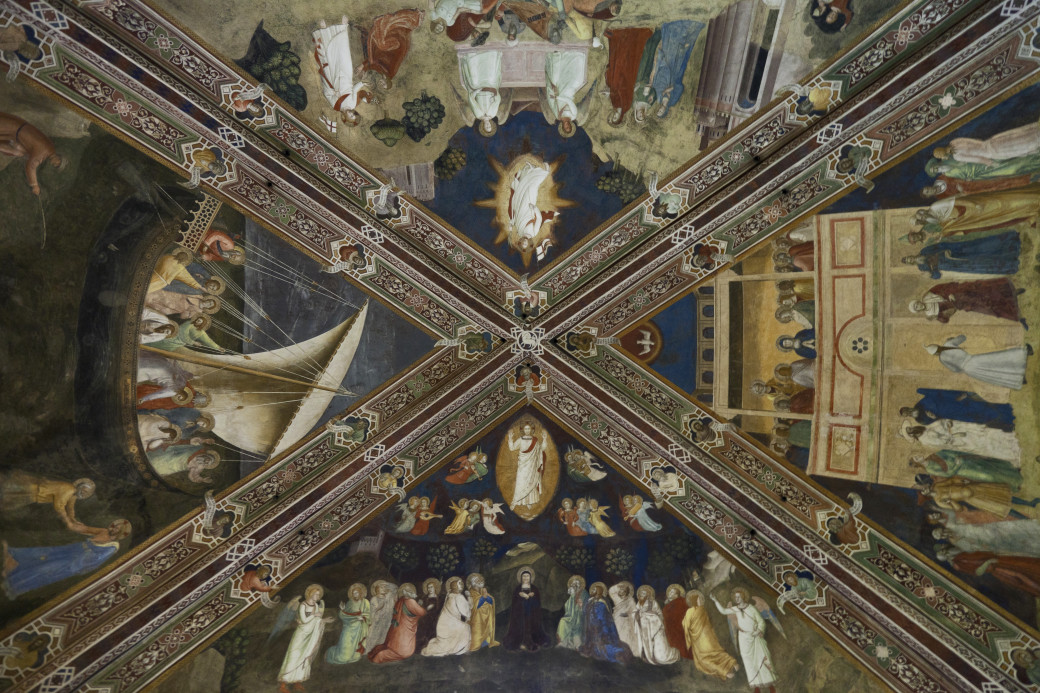 i meravigliosi affreschi delle cappelle del complesso di santa maria novella
i meravigliosi affreschi delle cappelle del complesso di santa maria novella The ancient frescoes and the destruction of the Counter-Reformation
We get an idea of the interior decorations by looking at the Annunciation by Pietro Miniato on the counter façade. A painter and miniaturist who is said to have taken over the workshop that had belonged to Giotto, but without inheriting his artistic technique. In fact, his painting is elegantly Gothic, richly decorated in the manner of courtly art. It was recovered during the late 19th century restorations as an example of the cycle swept away by Giorgio Vasari commissioned by Cosimo I to reorganise the conventual churches according to the dictates of the Council of Trent. These churches had the friars' space distinct from that of the laity and divided by a wall, the partition, that covered the altar. Unacceptable to the Counter-Reformation and which led Cosimo I, certain of thus obtaining the title of grand duke from the pope, to comply immediately. So away with the partitions, away with all those old decorations on the walls. The windows were also shortened to make room for the strictly rectangular panels to emphasise scenes of miracles and martyrs as much as possible. And so through the large panels now by Naldini, now by Vasari, Allori, Bugiardini or Santi di Tito, we proceed step by step towards that new way of conceiving art that wanted to return to Giotto's Bible of the Poor and that would later have its greatest exponent in Caravaggio himself.
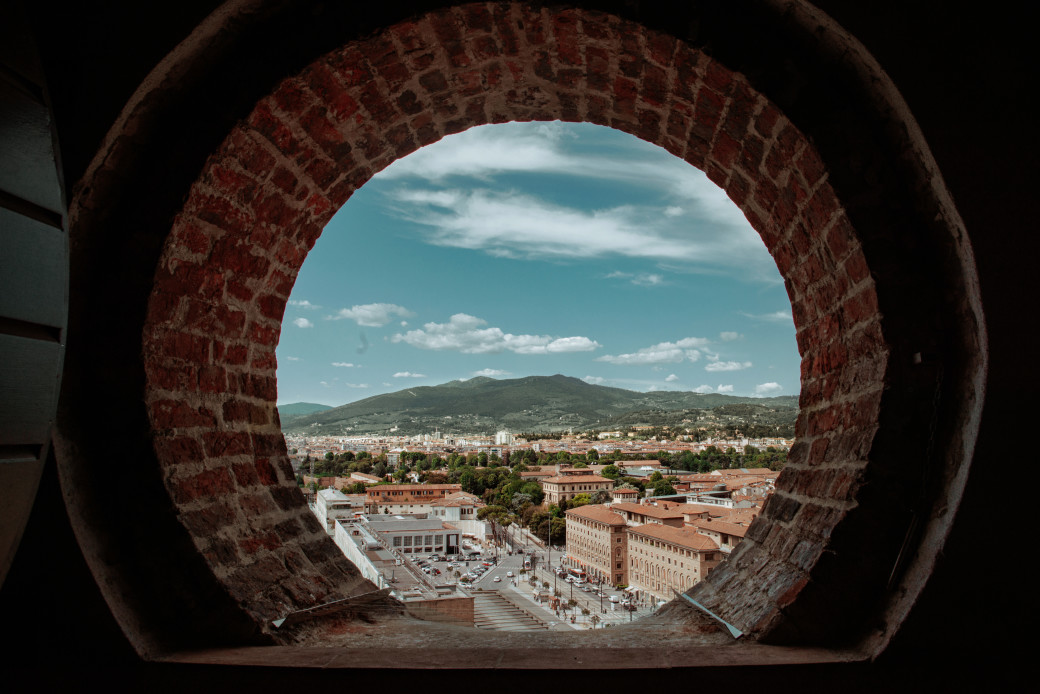 viste uniche ed eccezionali dai dettagli architettonici della basilica. ph. Ottavia Poli
viste uniche ed eccezionali dai dettagli architettonici della basilica. ph. Ottavia Poli From the Middle Ages to the Renaissance
Today, thanks to a thorough restoration programme, the frescoes hidden under the panels are also being recovered. After all, the first work to be found by chance at the end of the 19th century was Masaccio's Trinity. Vasari actually saved it by covering it with his Madonna of the Rosary, now in the Bardi Chapel. We are in the mid-1520s and Masaccio is the first to rescue Giotto by bringing the third dimension into painting. Not only that. He puts man at the centre of the universe and, making use of that scientific perspective recently discovered by his friend Brunelleschi, he abandons the system of hierarchical sacredness. The scenes are truthful, as the human eye perceives them. Thus the patrons, for the first time portrayed realistically, appear larger than the Madonna and St John. But there is more to it than that. They are praying in front of the depiction of the Trinity (placed inside a chapel that looks like an ancient domus), while we are called by Our Lady to participate in the event, where God supports, and at the same time already raises, the Cross. The Middle Ages thus give way to the Renaissance.
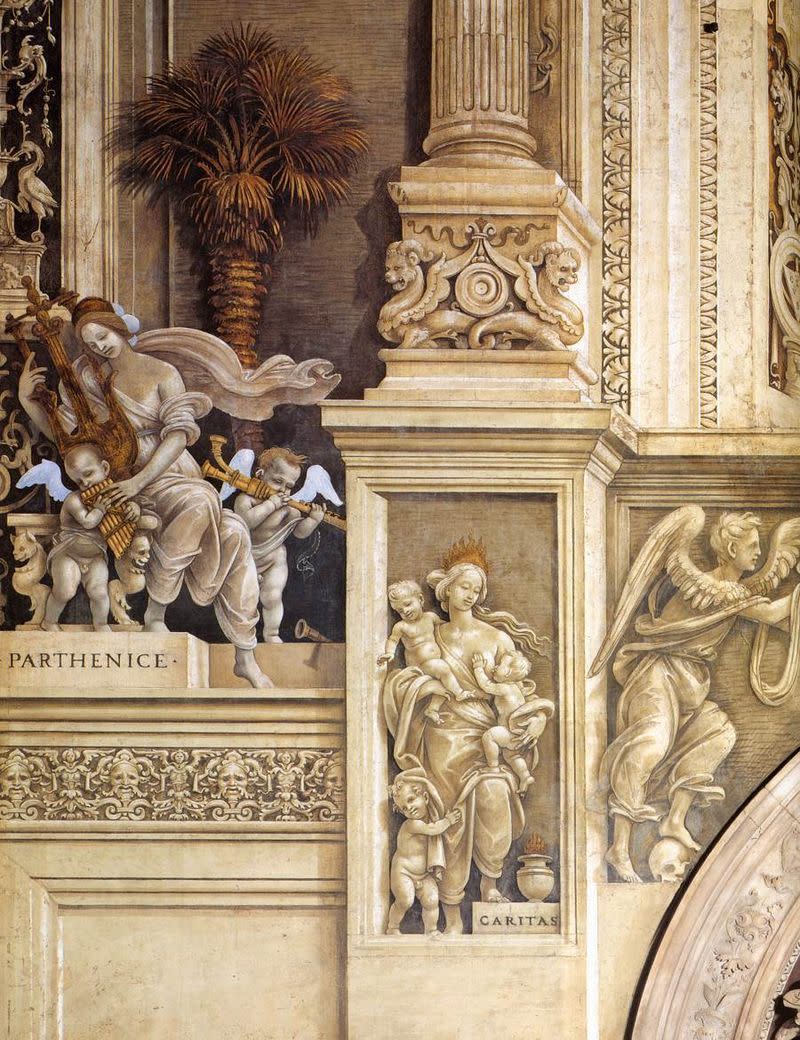 Cappella strozzi
Cappella strozzi Beyond the choir, among the gentry chapels
Already those who could pay for a tomb did not fare badly, but only the wealthy could bear the cost of a private chapel, often built to cleanse themselves of the sin of usury. And here we are in that of the powerful Strozzi family, a branch of Mantua because that is where they went in the late 14th century. The Cione brothers, better known as the Orcagna brothers, worked in the chapel, and for the first time they depicted the Inferno and Paradise with Tommaso Strozzi and his wife and Dante himself. Unfortunately, the frescoes are ruined, but the altarpiece that sketches a first great Sacred Conversation is perfect with its saints emerging from a luminous gold background. Just take a look at Giovanni della Robbia's Baptismal Font in the Sacristy and then stop in front of Brunelleschi's Crucifix in the Gondi Chapel. Vasari also remembers it as the Crucifix of the Eggs because Donatello, invited by his friend to dinner after a quarrel over his Crucifix for Santa Croce, considered by Brunelleschi to be too crude, in the presence of such harmony spread his arms, dropping the basket of eggs he was carrying for dinner. Perfect proportions and an ephebic figure. In fact, Brunelleschi, well before Leonardo, had been inspired by the Vitruvian man.
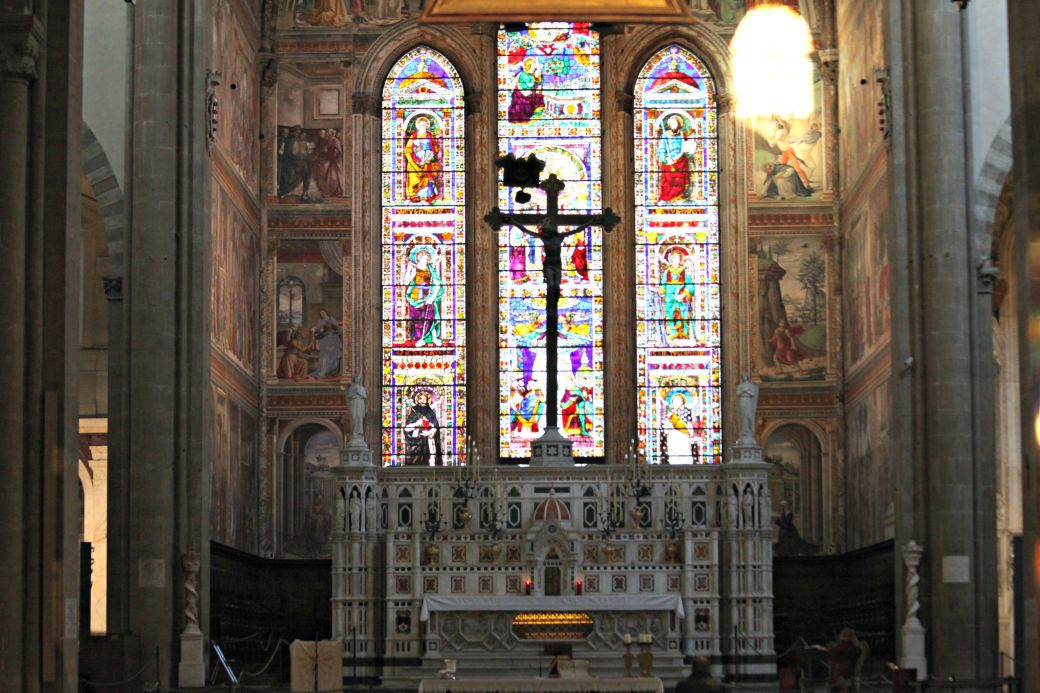 cappella tornabuoni
cappella tornabuoni When business was done in church
And finally, here we are in the Cappella Maggiore. Chapel of the Tornabuoni, a powerful family related to the Medici through Lorenzo's mother, Lucrezia, sister of Giovanni, patron of the chapel. Stories of Mary and of course the Baptist decorate the walls. The greatest fresco painter of the time, Domenico Ghirlandaio, was called in to decorate the place where the merchants hosted relatives and clients. We are in about 1488 at the height of Neoplatonism. Ghirlandaio interprets this by frescoing the chapel with scenes of great calmness and refined detail in the Flemish manner. It is the prosperity bestowed by Lorenzo, considered the new Augustus. And although the various passages of the stories of Mary from birth to death are respected, just as on the opposite wall the life of John the Baptist is recounted up to the dance of Salome, one immediately gets the impression that the sacred scenes only serve as a backdrop to the true story: the life and characters of Florence at the time perfectly portrayed. From the scions of high society to Ghirlandaio, to the beautiful but unfortunate Ludovica Tornabuoni and Giovanna degli Albizi portrayed in profile and in brocade dresses. But when the chapel was finished in 1490, both sisters-in-law had already died in childbirth. On the other hand, the Tornabuoni family advertised their fabrics and clothes by having themselves depicted in full dress.
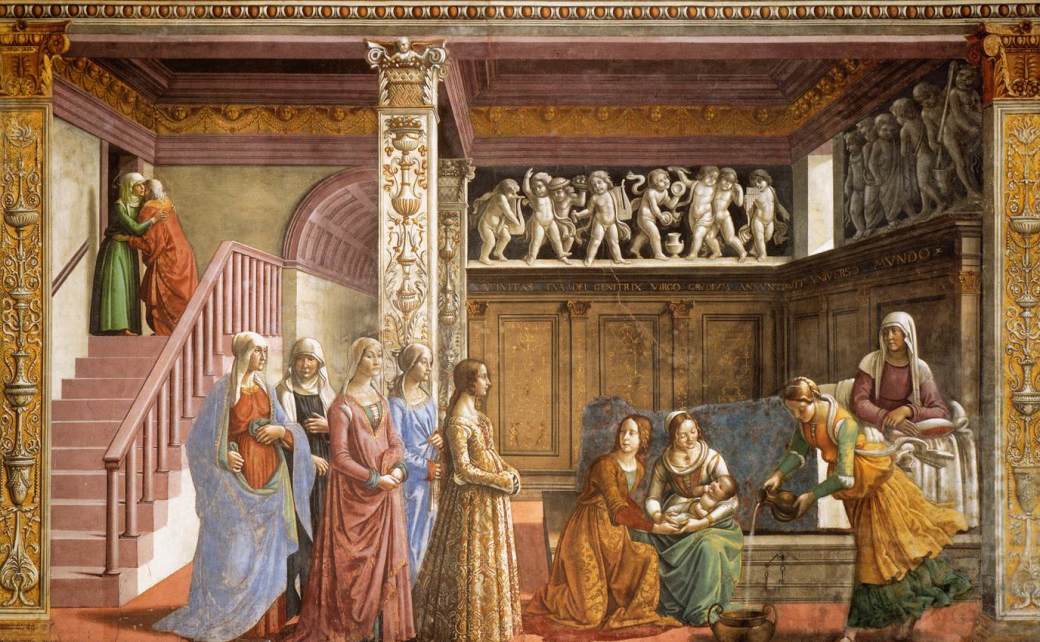 Cappella Tornabuoni - Domenico Ghirlandaio
Cappella Tornabuoni - Domenico Ghirlandaio And Michelangelo took his first steps
But there is more. A 15-year-old Michelangelo, taken on as an apprentice by Ghirlndaio, painted some figures on the wall of the Baptist: the two men leaning back against the parapet in the background in the Visitation before Porta San Miniato and perhaps two nudes in the Baptism. It is here that he learns the art of Buon Fresco. And here is the Strozzi Chapel by Filippo Strozzi the one who built the palace. The artist chosen for the stories of San Filippo is Filippino Lippi. We are at the end of the 15th century and Savonarola rules the city. So the ancient is now only a harbinger of sin and death. A dragon with foul breath kills a young man in adulation of a statue of Mars transformed into a satyr. Filippino anticipates trompe l'oeil here, decorating the chapel with fake marble and columns, and Mannerism.
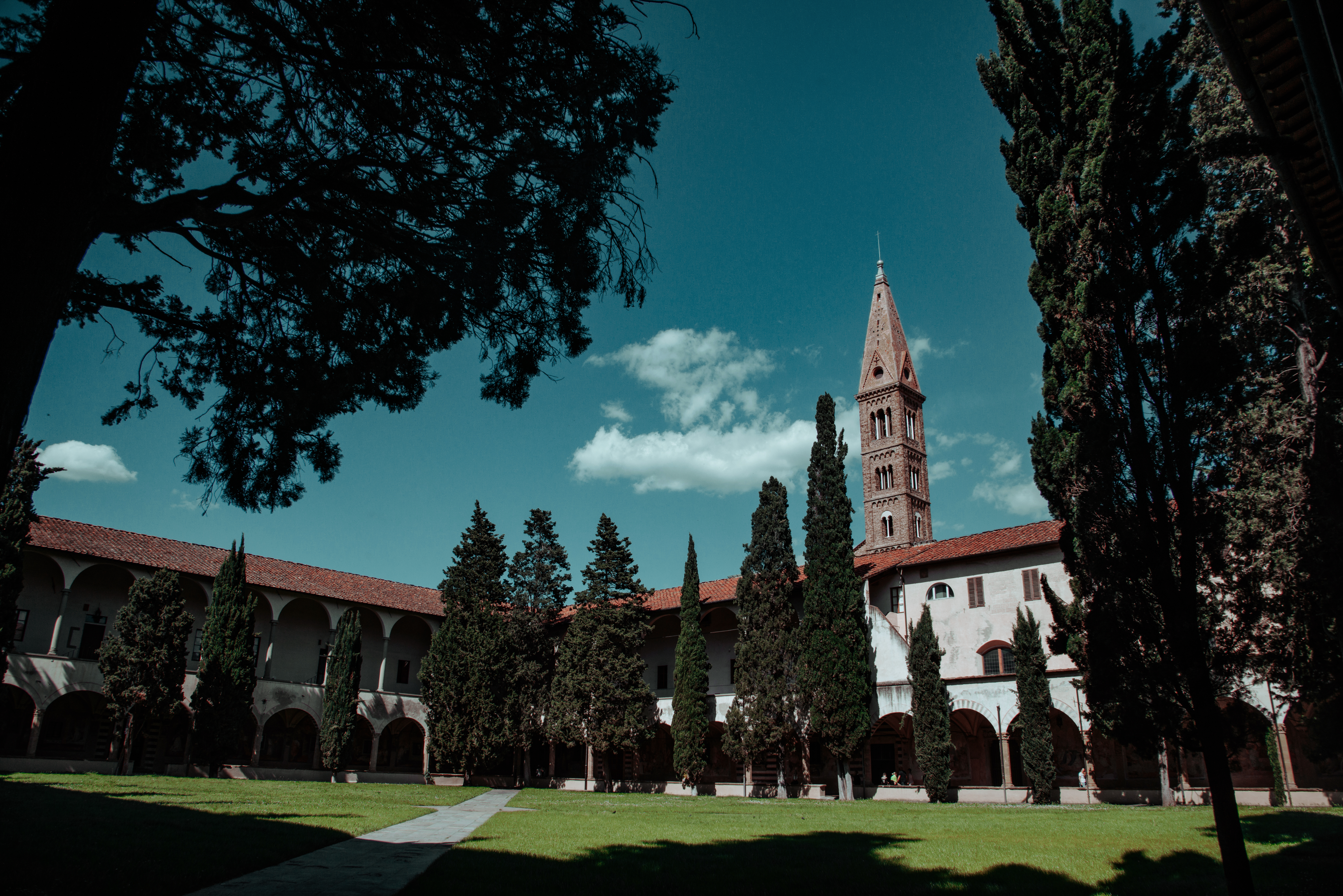 chiostro grande di santa maria novella. ph. ottavia poli
chiostro grande di santa maria novella. ph. ottavia poli At the origin of the Renaissance
Before going out into the cloisters, however, we must pause under the great Cross that a young Giotto painted towards the end of the 13th century with naturalness and truthfulness: the belly yielding to gravity, the blood gushing out, the dying face with half-closed lips and eyelids swollen with suffering. Even the complexion is turning a deathly greenish colour. How suggestive it must have been hanging from the partition, now indicated by the two steps.
From the Cappellone degli Spagnoli to Paolo Uccello
And here we are in the Chiostro Verde (Green Cloister) frescoed by Paolo Uccello with the stories of Genesis severely damaged by the 1966 flood. The works are in the museum where one can understand how Uccello, a friend of Brunelleschi, was so attracted to perspective. But before the museum, where the Last Suppers by Alessandro Allori and Plautilla Nelli stand out, it is worth entering the Sala Capitolare or Cappellone degli Spagnoli, refitted for the relatives of Eleonora di Toledo, wife of Cosimo I. Here Andrea di Bonaiuto in the second half of the 14th century leaves us, in addition to his description of the theories of Thomas Aquinas, one of the most beautiful comic strips of art: the Militant Church. With Dalmatian dogs (the Dominicans) defending the sheep (humanity) attacked by wolves (the heretics). While a plethora of rulers and bishops are flanked by the celebrities of Florence: Dante, Petrarch and Boccaccio. Here Bonaiuto, who took part in the first competition for the Dome of the Cathedral, also leaves us his project with the church designed by Arnolfo di Cambio.






